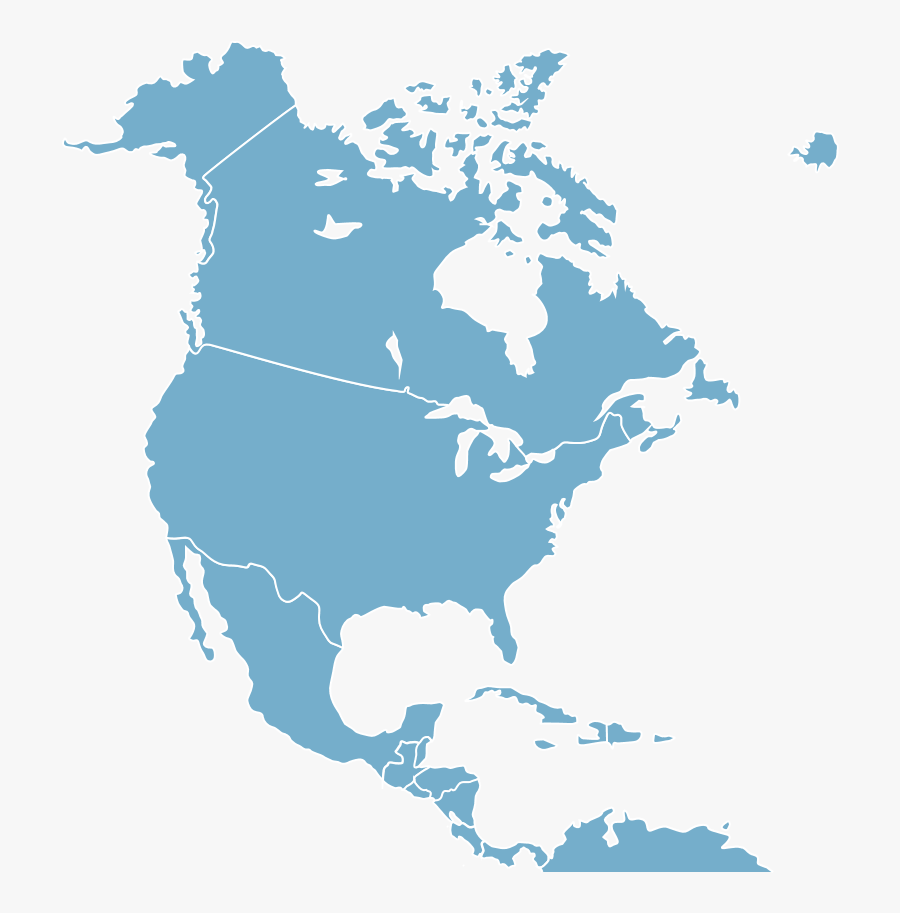41 new food labels australia
Farmers hope new food labelling laws spur consumers to buy ... After a two-year phase-in period, new country-of-origin food labelling laws come into full effect in July. An example of the new labelling system that is now compulsory. (Supplied) The labels clearly spell out where food is from, and which foods are grown, produced or made in Australia. All priority foods must display new country-of-origin labels. New Food Labelling Laws Begin July 1 Businesses selling food in Australian retail stores, markets, online or in vending machines will need to apply the new food labels from July 1. However, it doesn't apply to those selling food for immediate consumption such as restaurants, cafes, take-away shops, schools, caterers, prisons and fundraising events.
Food Law Update: Australia - Changes to allergen labelling ... According to the New South Wales Food Authority's Allergen Survey Report 2018, food allergies are on the increase and the most common reason for food recalls both in Australia and internationally is caused by failure to include allergen labelling on food products.These concerns are reflected in FSANZ's ongoing consideration of allergen labelling on food products.
New food labels australia
Allergy 'nightmare': Calls for crackdown on food labelling It should not happen at all." Australian law requires companies to declare all potential allergens in ingredients lists. These include peanuts, tree nuts, milk, eggs, sesame seeds, fish, shellfish, soy, lupin and wheat. Statements such as "may contain traces" or "may be present" found on many products are merely voluntary and are unregulated. Food labelling - NSW Food Authority New requirements for labelling the most common allergens in food commenced on 25 February 2021. The changes to the Food Standards Code will help people find allergen information on food labels more quickly and easily, so they can make informed and safe food choices. For more information see Changes to allergen labelling . How to Understand and Use the Nutrition Facts Label | FDA You can use the label to support your personal dietary needs - look for foods that contain more of the nutrients you want to get more of and less of the nutrients you may want to limit. Nutrients...
New food labels australia. Proposed new Australian food labelling laws released ... Under new labels being considered, a graphic would included for food partially made in Australia as well as text which would clearly explain what is done in Australia and the proportion of ... Country of origin labelling - Food Standards The Australian Government introduced a country of origin food labelling system under Australian Consumer Law on 1 July 2016. Country of origin labelling requirements for food is in the Country of Origin Food Labelling Information Standard 2016, under the Competition and Consumer Act 2010. These requirements became mandatory on 1 July 2018. Food labelling - healthywa.wa.gov.au Food labels provide you with enough information to make an informed choice when you buy food. Labels list information including: a description of the food ingredients nutritional information best before or use-by dates storage and preparation directions warnings about ingredients known to cause allergic reactions. Editable Nutrition Label Template DOWNLOAD NOW - FSANZ ... The dynamic marketing of food and beverage retailing is super competitive. Packaged food labels must include a compliant Nutrition Information Panel Template for Australia or New Zealand*. There is an Australian Standard for your Nutrition Information Panel format. Rest assured my templates adhere to the correct Standard!
Federal Register of Legislation - Australian Government End Date. Incorporating Amendments Up To. Australia New Zealand Food Standards Code - Standard 1.2.1 - Requirements to have labels or otherwise provide information. Latest. 14/Jul/2021. F2021C00657. 7. 03/Jun/2021. Food Standards (Proposal P1051 - Code Revision (2020)) Variation. Food Labelling & Allergen Guide - Australian Food and ... The Australia New Zealand Food Standards Code (the Code) requires that a date mark be present on packaged food where the shelf life of the food is less than two years. The intention of date marking is to ensure consumer safety, provide a guide to retailers when to remove stock from sale, and provide a guide to consumers about the freshness and ... Labelling - Food Standards The Food Standards Code includes the general labelling and information requirements (Chapter 1 of the Code) that are relevant to all foods, and sets out which requirements apply in different situations (for example food for retail sale, food for catering purposes, or an intra-company transfer). New allergen labelling ... - Food Safety Australia Food Standards Australia New Zealand (FSANZ) has announced new requirements for allergen labelling on packaged foods. The following is from a recent media release and is included here with permission. The changes to the Australia New Zealand Food Standards Code (the Code) will help ensure mandatory food allergen declarations are clear and consistent so that
Grown in Australia? New food labelling system offers the ... Australian consumers will have more information about whether their food is grown or produced in the country after a new food labelling system comes into effect on Sunday. From 1 July,... New food label system agreed - The Australian PDF: The new food labels. Industry Minister Christopher Pyne hailed the agreement as a "big win for consumers". "This is an issue that has vexed governments on both sides for many years and ... Labelling - Food Standards Food labels also help to protect public health and safety by displaying information such as use by dates, ingredients, certain allergens, instructions for storage and preparation, and advisory and warning statements. FSANZ sets standards for what information must be on food labels. FSANZ has developed information on a range of labelling topics. HealthWorks! Healthy Living Series: Reading Food Labels ... ! Healthy Living Series: Reading Food Labelsby The Center for Better Health and Nutrition/HealthWork...
Australia's new compulsory food labelling laws begin from ... Australians will now have a better idea about where their food is grown and made after tough new labelling became law on July 1. The new labels tell buyers what is 100 per cent grown in Australia or made in Australia from Australian ingredients, or if only the processing is done in Australia.
P1044 - Plain English Allergen Labelling - Food Standards The Australia New Zealand Food Standards Code (the Code) requires these to be declared on labels when they are present in food. On 25 February 2021 the Code was amended to introduce new requirements for the labelling of allergens in food. These requirements include that allergen information is to be declared:
Ingredient lists and percentage labelling - Food Standards Percentage labelling Most packaged foods have to carry labels which show the percentage of the key or characterising ingredients or components in the food. This allows you to compare similar products. The characterising ingredient for strawberry yoghurt would be strawberries and the label would say, for example, 9% strawberries.
Food labels - Better Health Channel Food labels carry useful information to help you make informed choices about what you and your family eat and drink. Most packaged foods are required to have a label with this information, but the information required depends on the food type. ... Food Standards Australia New Zealand (FSANZ) Tel. (02) 6271 2222 ;
Food labelling - health.vic.gov.au Food labelling Key messages All packaged foods sold in Australia must comply with the labelling requirements of the Australia New Zealand Food Standards Code, which applies in Victoria through the Food Act 1984. Food labels must carry essential information, so that consumers are informed of the nature and properties of foods before they buy.
Country of origin food labels | Department of Industry ... Australian food labels must easily convey where food is grown, produced, made or packed. This helps consumers make informed decisions about the food they buy. Requirements and tools for business. If you sell food in retail stores in Australia, you will need to consider if your products need country of origin food labels.
Develop your own label. - Correct Food Systems Australia recently adjusted their Allergen Labelling requirements. See Webpage Plain English Allergen Labelling The common food allergens and sulphite preservatives must be listed in the ingredients list, or in a separate statement on or near the food.
Food Standards Australia New Zealand considers energy ... May 2, 2022 - 6:57PM NCA NewsWire Aussies have largely been kept in the dark on the kilojoules hiding in their booze, but that could soon change under a proposal to consider energy labels on alcoholic drinks. Food Standards Australia New Zealand (FSANZ) announced on Monday that it was preparing a proposal to consider including the labels.





Post a Comment for "41 new food labels australia"